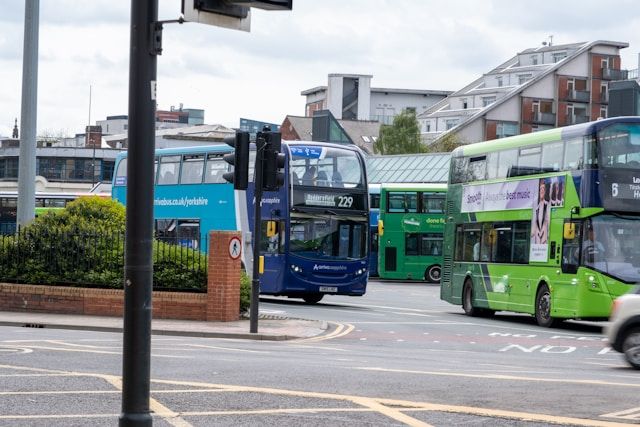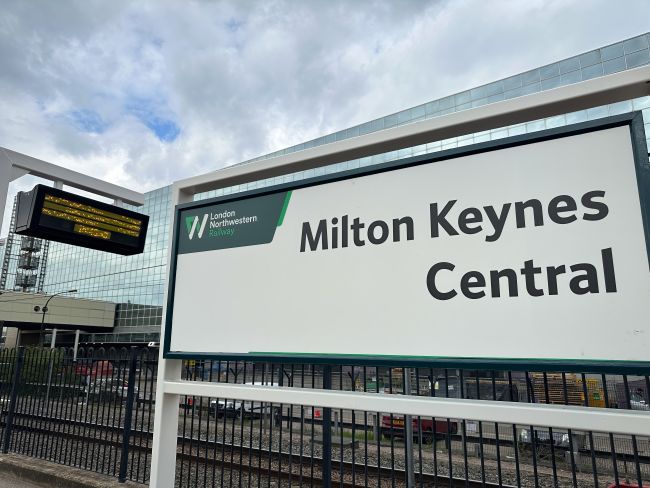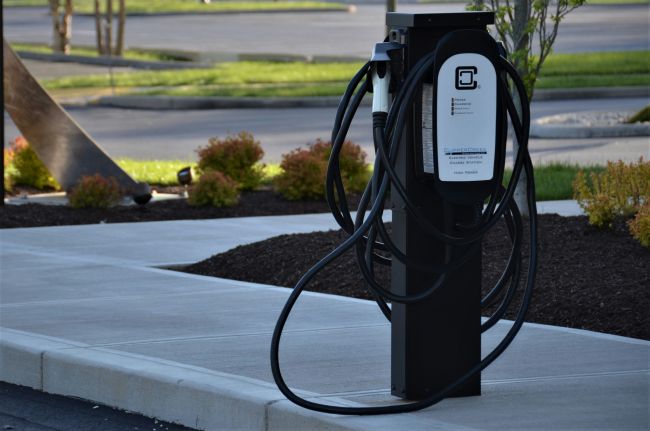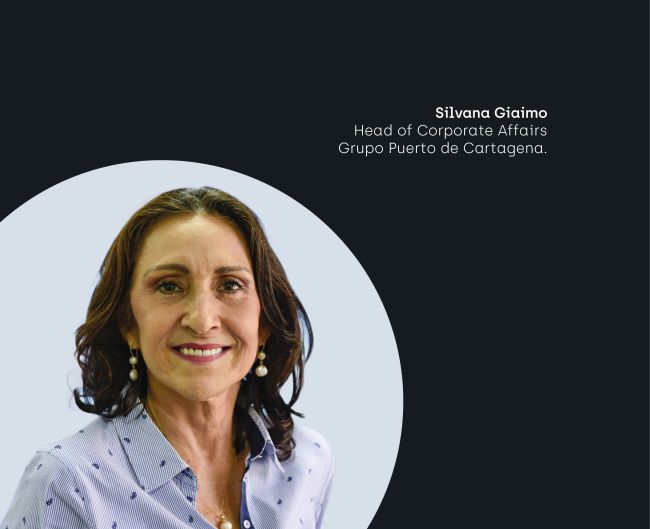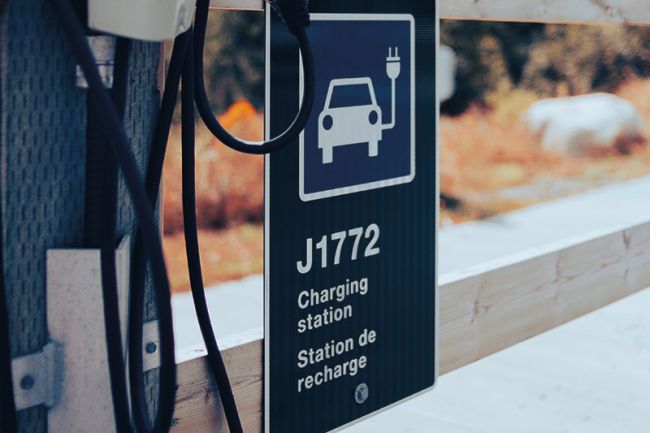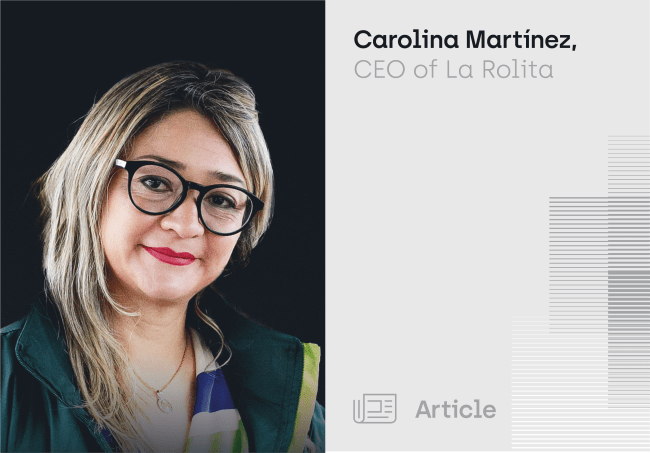Placemaking: idea and tool for change
Placemaking is both an overarching idea and a tool for improving a street, neighbourhood, or even a city.

Placemaking is both an overarching idea and a tool for improving a street, neighbourhood, or even a city; it can inspire a collective reimagination of spaces by strengthening the connection between people and places. So, what is the key to successful placemaking?
More than just promoting better design, placemaking enables the cultural and social identities that define a place and its people to underpin its evolution. Effective placemaking capitalises on a community’s assets, inspiration and potential, resulting in the creation of places that contribute to people’s health, happiness, and well-being.
All too common problems such as a traffic-dominated street, an underused open space, or an underperforming development can be addressed – or altogether avoided – by embracing placemaking ideals.
Good placemaking
The success of the placemaking trend and its ability to deliver tangible outputs has led to people wishing to be associated with the economic, social and cultural benefits. More and more the term placemaking is being used and capitalised on by developers, planners, and community leaders who use the term like a “brand” in order to provide a mark of quality and authenticity to schemes such as retail and mixed-use developments.
Making a place is not the same as constructing a building, designing a privatised space, or developing a retail site. If used too much by projects that aren’t rooted in the community it risks diluting future potential or backfiring and being perceived as gentrification.
Genuine placemaking cannot be measured by its physical attributes alone; it is also when people of all ages, abilities, and socioeconomic backgrounds can enjoy a place, and play a key role in its identity, creation, and curation. As more communities engage in placemaking and more professionals come to call their work “placemaking”, it is important to preserve the meaning and integrity of the approach.
We should remember that:
Placemaking is:
- Inclusive & Collaborative
- Focused on creating places
- Context-specific
- Dynamic
Placemaking is not:
- Top-down
- Exclusionary
- Homogeneous
- Discipline-driven
- Project-focused
Measuring success
The way in which the success of placemaking projects are measured has evolved significantly over the years. Initially, projects were judged on raw data via the use of footfall. The apparatus of measurement then became more focused appraisal and evaluation tools to justify not only success but also the investment in placemaking projects.
More recently, however, the focus has shifted towards assessing the social value and how interventions have affected the communities using them, though this is very difficult to track. The use of emerging technologies and existing digital tools such as mobile phone data can provide a greater breadth of information and new ways to understand how and by whom places are used. However, the challenge with any form of evaluation is how to adequately assess the full impact of placemaking.
Lessons to be learnt
In an era where both public and private stakeholders are seeking to create financially sustainable and socially engaging places, what is the key to successful placemaking?
- Greater collaborative working between local authorities, developers, Business Improvement Districts (BIDs) and businesses that can break down silos and narrow focuses of interest.
- Greater community engagement that enables people to see how powerful their collective ideas can be.
- The creation of a collective vision to bring everyone along on the journey.
- Embracing a model of placemaking that views a place in its entirety, rather than a focus on isolated components.
For us at Steer, placemaking is both a design process and a philosophy. We align our urban design, landscape architecture, branding and wayfinding expertise to create a common vision for a place, making it work for all who live and work there.
The example of Brick Lane
Brick Lane is blessed with a well-connected, strategic location in East London. It is at the centre of an array of attractions of local and citywide relevance, features in tourist guides, has a rich history and is often seen in films. Its character is a paradigm of London’s multi-cultural heritage. The post-recession years have also seen the arrival of several large developments in the proximity of Brick Lane as well as public realm improvements and infrastructure projects. Despite this incredible mix of ingredients, Brick Lane is not fully capitalising on its potential and struggles to secure benefits for its businesses and residents.
Brick Lane’s current movement patterns are generated by key local attractors such as Spitalfields Market, the Truman Brewery, and Petticoat Lane Market, but these only relate to a short section of Brick Lane. A dedicated strategy with a placemaking focus offered the opportunity to capture and spread the footfall along the entire street and to turn Brick Lane into a key pedestrian north-south route, linking all the attractions in the area and reinforcing the street’s competitiveness.
This was realised partly through the identification of a series of characterful, creative, and distinctive interventions to increase footfall and aid discovery and exploration. Interventions included improvements to building facades, the development of a cultural trail through to larger scale projects including the design of a pocket park behind the Whitechapel Gallery. Developed in collaboration with the whole local community, these interventions aim to embrace local identity and create a sense of place for the entire area.
